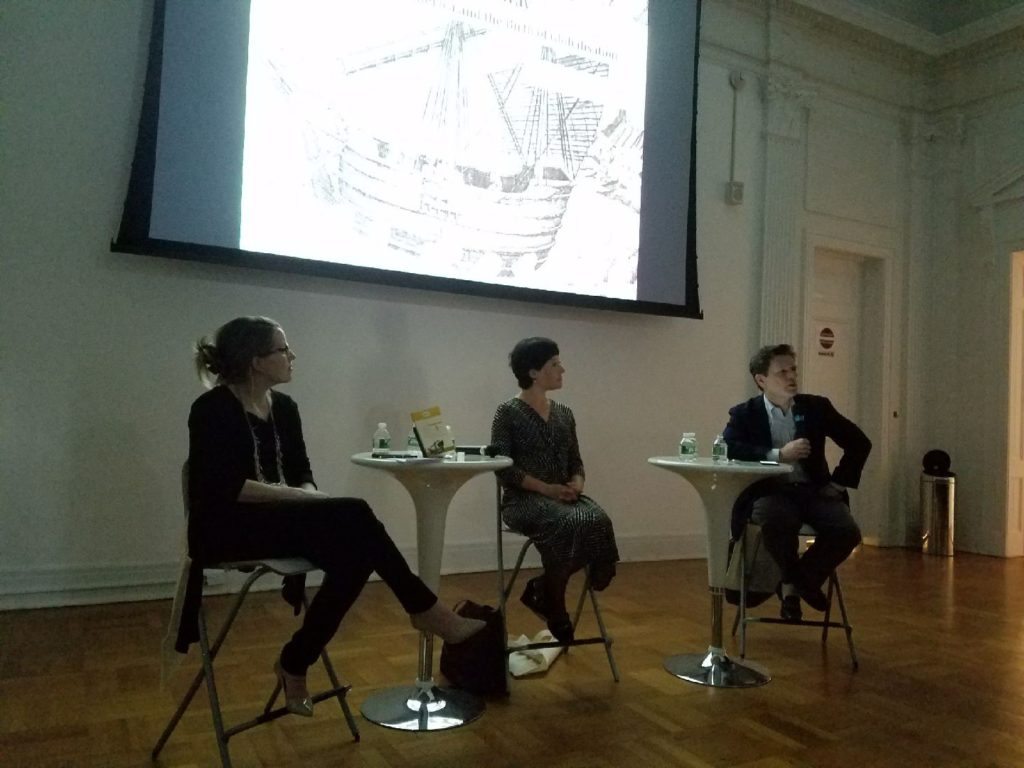Globalization started with Asia-Spanish America trade links, says DC panel

From left to right, Inter-American Dialogue Director of the China and Latin America Program Margaret Myers; Pennsylvania State University Associate Professor Tatiana Seijas; and Peter Gordon, co-author of the book The Silver Way, were the panelists in the discussion held at the former residence of the Ambassador of Spain on September 7. CONTRIBUTED
WASHINGTON, DC – A discussion centered on a book that traces the trade route that linked Spanish America, China and the Philippines was jointly hosted Spain Arts and Culture, the Mexican Cultural Institute and the Philippine Embassy on September 7 at the former residence of the Ambassador of Spain.
Leading the panel was the co-author of The Silver Way: China, Spanish America and the birth of globalization, 1565 – 1815, Peter Gordon, Inter-American Dialogue Director of the China and Latin America Program Margaret Myers, and Pennsylvania State University Associate Professor Tatiana Seijas.
The Silver Way describes the trading route that was established between Spanish America and China through the discovery of a “return route” from Manila, Philippines to Acapulco, Mexico by Andres de Urdaneta in 1565. This trading route was later used by the Manila galleon trade that lasted until 1815.
Chinese merchants traveled to Manila, to sell products and commodities, which were then transported to the Americas through the galleons, and silver was used as the medium of exchange.
“Globalization started with trade in Asia, in Spanish America,” said Mr. Gordon.
He further emphasized that the galleon trade put up the ground for globalization by bringing about economic and cultural exchange and integration of financial markets between Asia and the Americas.
Dr. Tatiana Seijas also highlighted the rise of capitalism characterized by slave trade during this period, and the link between Manila and Mexico City as evidenced in the goods that were sold in the market.
“People in bondage served some of the first men to make their fortunes from trans-oceanic trade – from moving goods and people across both the Atlantic and the Pacific – in a way that does indeed mirror parts of our present-day economy,” emphasized Seijas.
Margaret Myers drew parallelisms between the relationship of China and Latin America then and now, underscoring how their ties have always been based on trade exports shaped by Chinese demand.
A brief Q&A followed the presentation of the panelists, and a simple reception was held to conclude the program.

